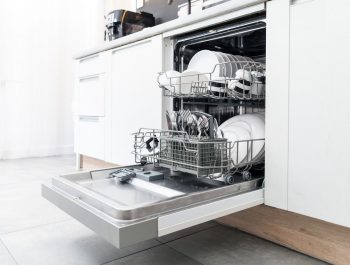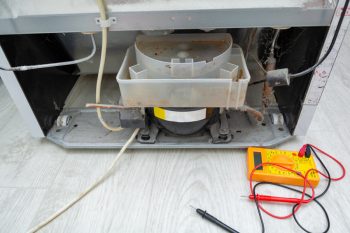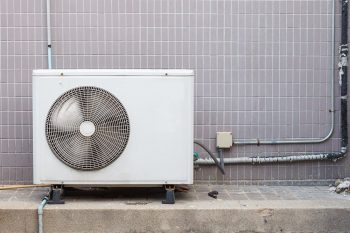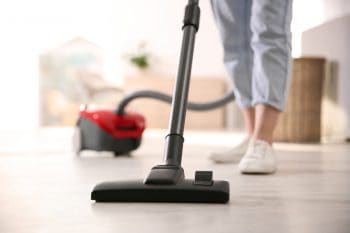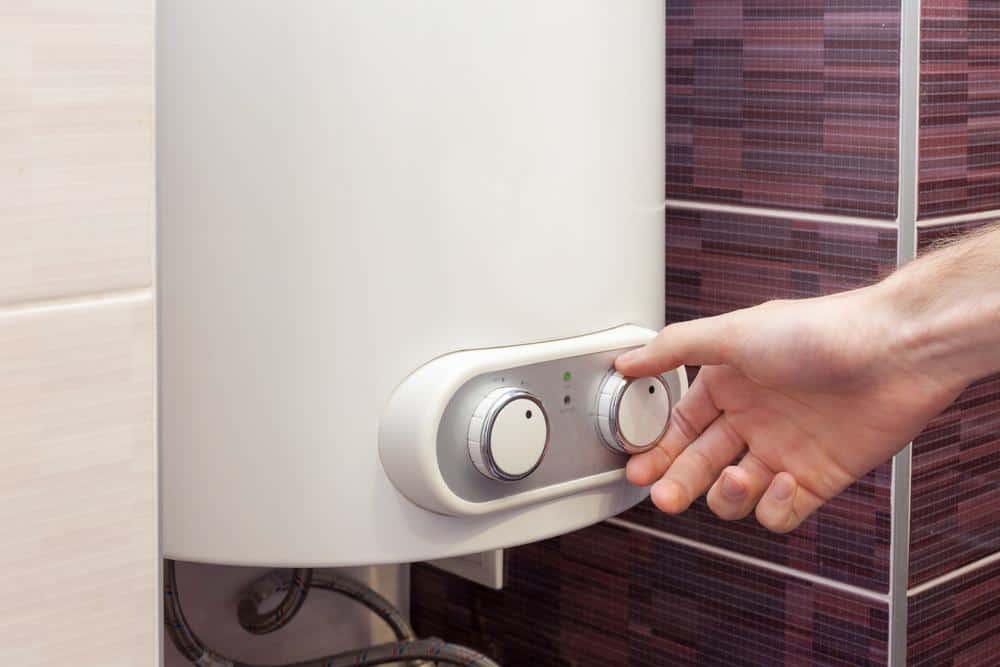
The sound of a ticking water heater can be disconcerting, and many homeowners wonder if it’s a sign of a significant problem. In this comprehensive guide, we’ll explore the causes of a ticking water heater, the potential dangers, how to diagnose the issue, and when to call a professional.
A ticking water heater is usually caused by pressure fluctuations, heat trap nipples, expansion and contraction of pipes or loose pipe straps. While it’s typically not dangerous, it can indicate potential issues. If the ticking noise becomes more frequent or intensifies, it’s advisable to call a technician. Regular maintenance can help prevent these noises and prolong the life of your water heater.
What Causes a Ticking Water Heater?
There are several common causes for a ticking water heater:
- Pressure fluctuations: Ticking noises can occur due to fluctuations in water pressure within the plumbing system. This is often a result of sudden changes in water pressure or efficiency-boosting heat trap nipples.
- Heat trap nipples: These components help keep hot water inside the tank, but they can become noisy when water flows through the water heater or if there is a severe fluctuation in pressure.
- Expansion and contraction of pipes: The plumbing pipes can expand and contract as the temperature of the water rises and falls, leading to a ticking noise.
- Loose pipe straps: Ticking noises can also be caused by loose pipe straps around the water heater, which can be resolved by tightening or adding more straps.
What are the Potential Dangers?
While a ticking water heater is typically not dangerous, it can indicate potential issues. If the ticking noise becomes more frequent or intensifies, it’s advisable to call a technician to inspect the water heater and address any potential issues. Regular maintenance, such as flushing the water heater and checking for sediment buildup, can help prevent noises and prolong the life of the tank.
Diagnosing a Ticking Water Heater
To diagnose the cause of a ticking sound in a water heater, consider the following steps:
- Inspect the pressure-reducing valve: A ticking noise may be caused by a sudden change in water pressure. Locate the pressure-reducing valve and adjust the water heater’s pressure level if necessary.
- Examine the pipe straps and insulation: Ensure that the water heater is properly secured with straps and insulation to prevent it from moving and being affected by changes in water pressure.
- Flush the water heater: Sediment buildup in the tank can cause various noises, including ticking. Flush the water heater through the drain valve at least once a year to remove sediment buildup.
- Test the safety relief valve: Ensure the safety relief valve is functioning properly by testing it once a year.
When to Call a Professional
While a ticking water heater is generally not a cause for concern, it’s important to consult a professional if the noise persists or intensifies. A professional can diagnose the cause of the noise and address any potential issues, ensuring the safety and proper functioning of your water heater.
Is a Ticking Water Heater a Sign of a Failing Unit?
A ticking water heater does not necessarily indicate a need for replacement. However, if you are unsure or concerned about the condition of your water heater, it is recommended to consult a professional plumber for an inspection and advice on whether a repair or replacement is necessary.
In conclusion, a ticking water heater is typically not a cause for alarm. However, it’s essential to monitor any changes in the noise and consult a professional if needed. Regular maintenance can also help prevent such noises and extend the life of your water heater.
Frequently Asked Questions
What are heat trap nipples?
Heat trap nipples are components installed on the top of the water heater. They are designed to keep the hot water within the tank, improving the efficiency of the water heater. They prevent heat from escaping through the inlet and outlet pipes.
How often should I flush my water heater to prevent sediment buildup?
It’s generally recommended to flush your water heater at least once a year. However, if you live in an area with hard water, you might need to do it more frequently, like every six months, to prevent excessive sediment buildup.
What is a pressure-reducing valve and where is it located?
A pressure-reducing valve is a control device that reduces the incoming water pressure to a safe level before it reaches the plumbing fixtures in your home. It’s typically located on the main water line where it enters your house.
What tools do I need to tighten loose pipe straps?
To tighten loose pipe straps, you’ll typically need a screwdriver or a wrench, depending on the type of screws or bolts used in the straps. Always remember to turn off the power to the water heater before doing any work on it.
How can I test the safety relief valve on my water heater?
To test the safety relief valve, you should first turn off the power and the cold water supply to the heater. Then, place a bucket under the valve to catch any water that may be released, and lift the valve’s lever. If the valve is working properly, you should see water being released into the bucket. If no water is released, the valve may be faulty and should be replaced.


